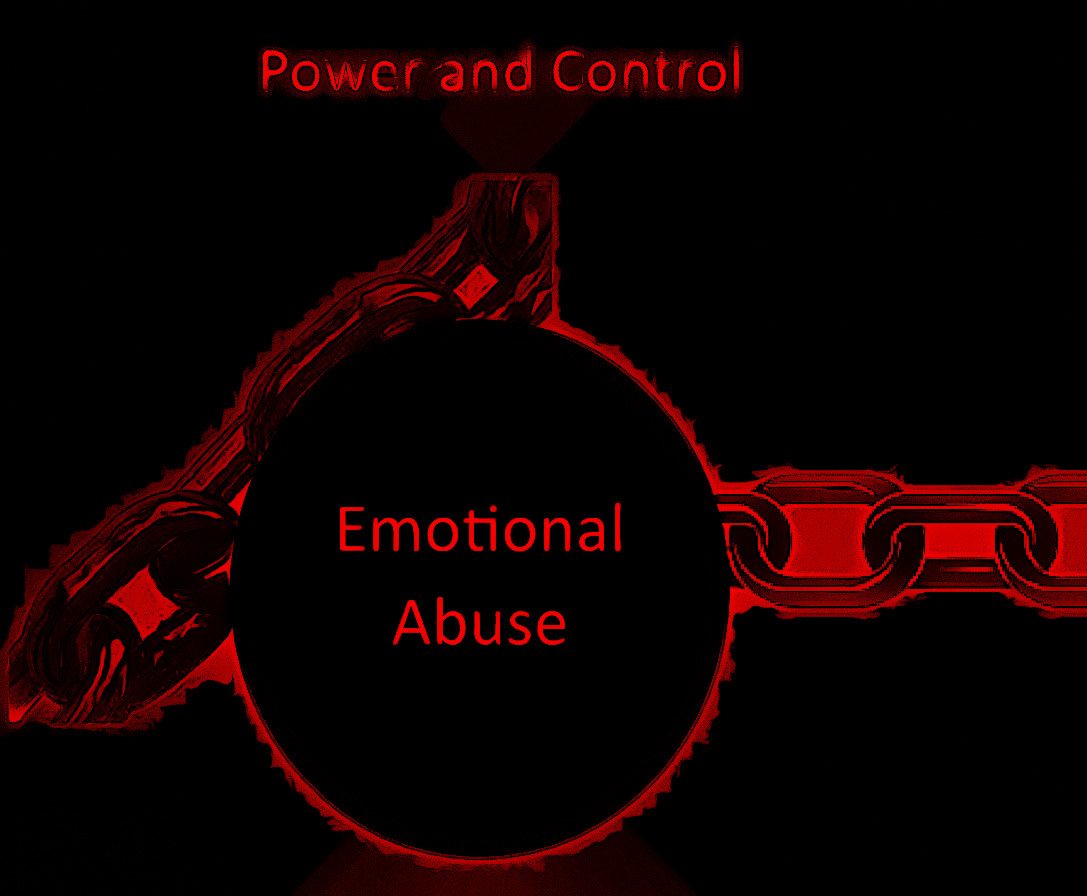In the hustle and bustle of everyday life, it is easy to become consumed by the tangible and the visible. We often get so caught up in what we can see that we overlook the profound impact of what we cannot see. In these moments of doubt, the power of miracles and wonders truly shines. By cultivating unwavering faith and belief in the unseen, we open ourselves to extraordinary possibilities that can transform our lives.
Please take a moment to ponder the countless daily miracles that silently weave their magic into the fabric of our existence. Miracles come in various forms, big and small, often slipping unnoticed unless we deliberately seek them out. They can manifest as unexpected acts of kindness, fortuitous encounters, or serendipitous events that shape our paths in unimaginable ways.
Consider the simple miracle of a smile, capable of brightening someone’s day and igniting a chain reaction of positivity. Think about the miracle of a new-born baby entering the world—a testament to the beauty and mystery of life itself. Reflect on the miracle of healing, whether physical, emotional, or spiritual, as the body’s innate ability to restore and rejuvenate itself.
Miracles are not confined to extraordinary events but are knit into the fabric of our existence. They remind us to look beyond the surface and embrace the profound wonders surrounding us every day. The wind’s gentle movement of the trees, the symphony of birdsong at dawn, and the breath-taking colours of a sunset are whispers of miracles, inviting us to witness the beauty and harmony of the natural world.
In a world that often demands concrete evidence and empirical proof, it can be challenging to hold steadfast faith in the unseen. In these moments of doubt, the power of belief becomes paramount. When we embrace the power of faith, we tap into a wellspring of resilience, hope, and possibility.
The journey of faith is not without its challenges. It requires us to surrender our need for control and embrace the unknown. It beckons us to trust in the unseen forces that guide and support us, even when we cannot comprehend the intricate workings of the universe. By cultivating unwavering belief, we open ourselves up to miracles and wonders, surpassing our limited perception’s boundaries.
So, let us embark on this journey with open hearts and minds, attuned to the miracles that unfold before us each day. Let us celebrate the ordinary moments that possess extraordinary beauty and significance. By shifting our perspective and acknowledging the miracles that grace our lives, we unlock gratitude, wonder, and profound interconnectedness with the world around us.
In the grand tapestry of existence, miracles and wonders remind us of the boundless potential within us and the world we inhabit. So, take a moment today to recognise the miracles that abound within and beyond your immediate perception. Embrace the power of belief and let miracles illuminate your path, bringing forth joy, inspiration, and a renewed faith in the unseen possibilities that lie ahead.










